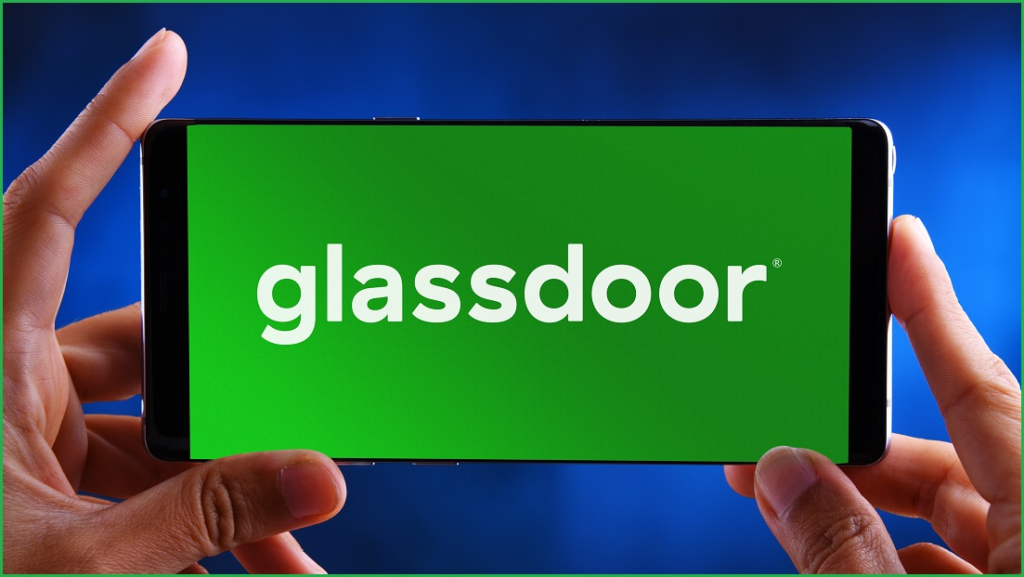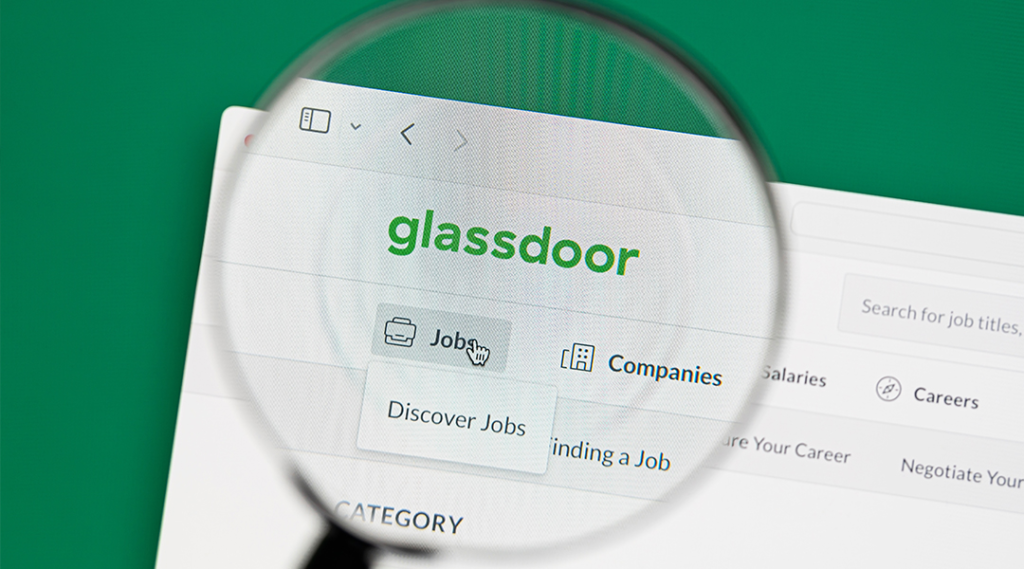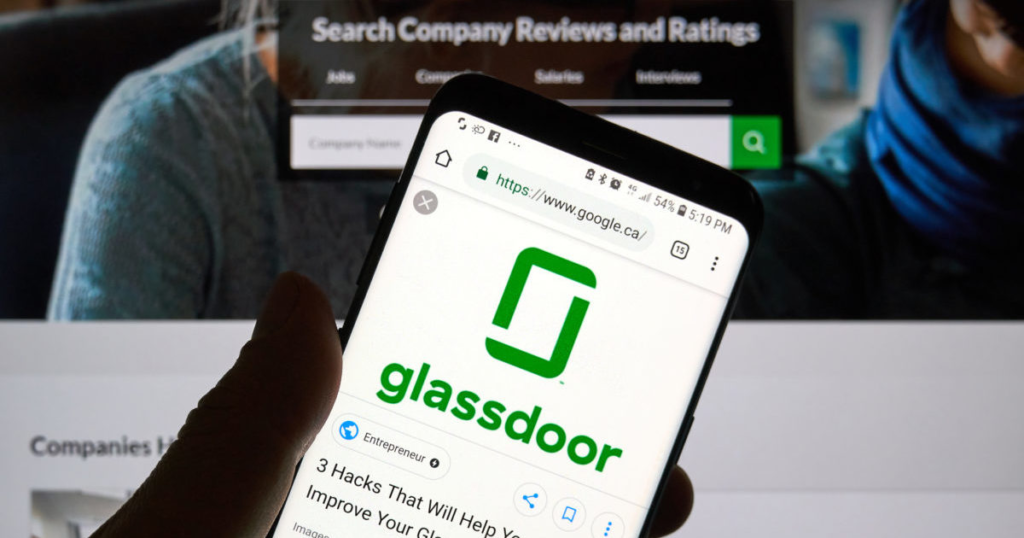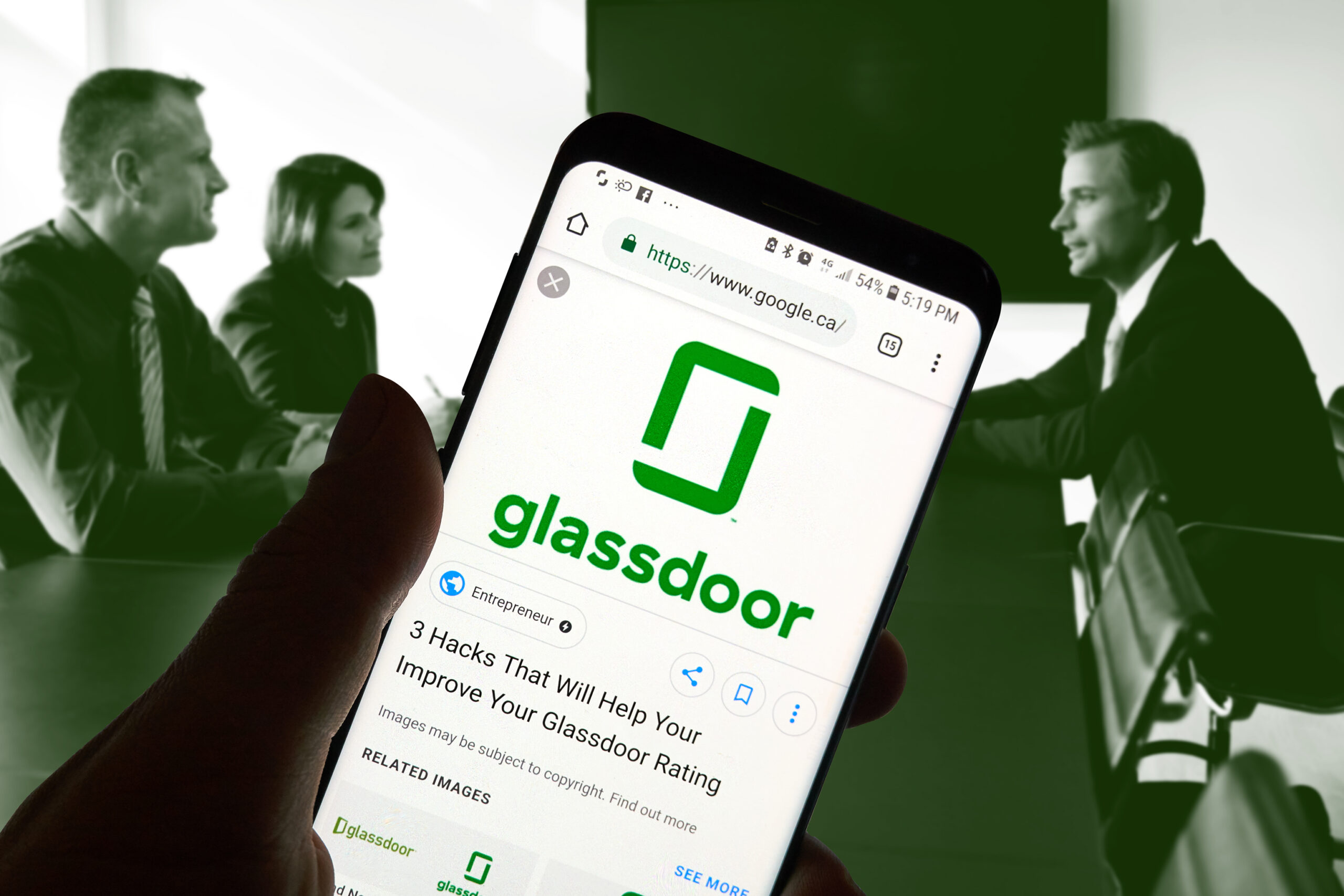In the ever-evolving digital landscape, the importance of accessible online platforms cannot be overstated. “Accessible Glassdoor” has emerged as a critical tool, ensuring that job search and employee feedback platforms are inclusive and accessible to all users, regardless of their abilities or disabilities. This comprehensive guide delves into the nuances of Accessible Glassdoor, exploring its significance, how it works, and its impact on users and employers alike.
Understanding Accessible Online Platforms
To fully grasp the concept of Accessible Glassdoor, it’s essential first to understand what accessibility in digital platforms entails. Web accessibility refers to the inclusive practice of ensuring no barriers prevent interaction with, or access to, websites by people with physical disabilities, situational disabilities, or socio-economic restrictions on bandwidth and speed. When websites are correctly designed, developed, and edited, all users can access information and functionality equally.
The Importance of Digital Accessibility
For individuals with disabilities, accessible digital platforms are not just a convenience but a necessity. According to the World Health Organization, over a billion people, or about 15% of the world’s population, live with some form of disability. Digital accessibility ensures these individuals have equal opportunities to participate in all aspects of society, especially in crucial areas like employment.

Delving into Accessible Glassdoor
Accessible Glassdoor is an initiative that transforms the traditional Glassdoor platform into a more accessible version. Glassdoor, known for providing insights into jobs and companies through employee reviews, salary reports, and interview questions, has become a more inclusive platform through this initiative. The goal is to ensure that all potential job seekers and employees, regardless of their physical or cognitive abilities, can fully utilize the resources offered by Glassdoor.
How Accessible Glassdoor Works
Accessible Glassdoor employs a range of technologies and strategies to enhance accessibility. These include screen reader support, keyboard navigation, and ARIA (Accessible Rich Internet Applications) landmarks to help users quickly navigate the site. Additionally, there’s a focus on ensuring that all content on the site, from text to images, is accessible. For example, alternative text is provided for photos, and videos include captions or transcriptions.
The Impact of Accessible Glassdoor
Implementing Accessible Glassdoor has far-reaching implications for job seekers and employers. By making the platform accessible, a broader range of job seekers can access vital information about companies and job openings. This inclusivity not only benefits individuals with disabilities but also enriches the pool of talent available to employers.
For Job Seekers
Individuals with disabilities often face significant barriers in the job market. Accessible Glassdoor helps level the playing field by providing these individuals the same access to information about companies, salaries, and job openings as everyone else. This access is crucial in helping them make informed decisions about their careers.
For Employers
For employers, the advantages of Accessible Glassdoor are twofold. Firstly, it enables them to reach a wider audience of potential employees, including talented individuals who might have been overlooked due to accessibility barriers. Secondly, it demonstrates a commitment to inclusivity and diversity, which is increasingly vital to employees and consumers.

Best Practices for Employers on Accessible Glassdoor
Employers can maximize the benefits of Accessible Glassdoor by adopting certain best practices. This includes ensuring that their company profiles and job listings are accessible and providing detailed information to help potential applicants with disabilities understand the company culture and accessibility accommodations.
Creating Accessible Content
When posting on Glassdoor, employers must ensure that their content is accessible. This means using clear, concise language, providing alternative text for images, and ensuring uploaded documents are accessible to screen readers.
Showcasing a Commitment to Diversity and Inclusion
Employers should also use their Glassdoor profiles to showcase their commitment to diversity and inclusion. This can be done by highlighting policies, practices, and stories demonstrating an inclusive workplace culture.
Challenges and Opportunities Ahead
While Accessible Glassdoor marks a significant step forward in digital accessibility, challenges remain. Maintaining evolving technology and continuously improving accessibility features is an ongoing process. However, these challenges also present opportunities for innovation and leadership in creating inclusive digital spaces.
The Future of Digital Accessibility
The future of digital accessibility lies in the continuous evolution and adaptation of technologies to meet diverse needs. Innovations in AI, machine learning, and voice recognition could further enhance the accessibility of platforms like Glassdoor.
The Role of Policy and Advocacy
Policy and advocacy play a crucial role in advancing digital accessibility. Legislation like the Americans with Disabilities Act (ADA) in the United States sets standards for accessibility. Still, continuous advocacy is needed to ensure these standards are met and updated as technology advances.

Navigating the Complexities of Accessibility
While Accessible Glassdoor is a significant stride in the right direction, navigating the complexities of digital accessibility presents its challenges. Each user has unique needs, and what works for one person might be ineffective for another. This diversity necessitates a multi-faceted approach to accessibility.
Embracing Diverse Needs in Design
The key to adequate digital accessibility lies in recognizing and embracing the diversity of user needs. This involves designing platforms like Accessible Glassdoor with various disabilities in mind, including visual, auditory, physical, speech, cognitive, language, learning, and neurological disabilities. It’s about adhering to standards, empathizing with users, and understanding how they interact with digital content.
Continuous User Feedback and Improvement
Continuous improvement is another cornerstone of successful accessibility initiatives. This requires regular feedback from disabled users to understand their challenges and experiences. By incorporating this feedback, Accessible Glassdoor can evolve to address emerging needs and enhance usability.
The Role of Technology in Enhancing Accessibility
Advancements in technology play a pivotal role in improving the accessibility of platforms like Accessible Glassdoor. From sophisticated screen readers to voice recognition software, technology has the potential to significantly lower barriers for users with disabilities.
Leveraging AI and Machine Learning
AI and machine learning are at the forefront of developing more intuitive and user-friendly accessibility features. For instance, AI can improve the accuracy of speech-to-text features or create more sophisticated predictive text functionalities, which can be a boon for users with motor impairments or dyslexia.
The Promise of Emerging Technologies
Looking to the future, emerging technologies like augmented reality (AR) and virtual reality (VR) could further revolutionize accessibility. These technologies could be harnessed to create more immersive and intuitive user experiences, catering to a wide range of needs and preferences.

Building a Culture of Inclusivity
Beyond the technical aspects, fostering a culture of inclusivity is vital for the success of platforms like Accessible Glassdoor. This goes beyond mere compliance with legal requirements; it’s about cultivating an environment where accessibility is valued and prioritized.
Encouraging a Mindset Shift
Creating a culture of inclusivity requires a mindset shift at all levels – from developers and designers to management and users. It’s about viewing accessibility not as an afterthought or a box to tick but as a central component of user experience and design philosophy.
Training and Awareness
Training and awareness are critical in promoting this cultural shift. Organizations should invest in training their staff on the importance of accessibility, equipping them with the skills and knowledge to implement it effectively. Raising awareness about the challenges faced by people with disabilities can foster empathy and a more profound commitment to creating accessible environments.
Collaborative Efforts for Wider Impact
The journey towards fully accessible digital platforms requires collaboration across various sectors. This includes partnerships between technology companies, disability advocacy groups, policymakers, and users.
Forging Partnerships for Change
By forging partnerships, stakeholders can pool resources, share knowledge, and collaborate to advocate for and implement effective accessibility solutions. These collaborations can also help set industry standards and best practices for digital accessibility.
The Role of Government and Policy
Government and policy play a crucial role in shaping the landscape of digital accessibility. Policies and regulations like the ADA set the groundwork, but ongoing governmental support is essential for enforcing these standards and encouraging further advancements in accessibility.

In Conclusion
Unlocking Accessible Glassdoor is more than just a technical endeavour; it’s a commitment to inclusivity and equality. As we navigate the challenges and embrace the opportunities, we must remember that the journey towards accessibility is ongoing. It requires persistence, innovation, and collaboration. By continuously striving to improve and adapt, platforms like Accessible Glassdoor can not only meet the needs of users with disabilities today but also be prepared for tomorrow’s technological and societal changes. In doing so, we can create a digital world that is genuinely accessible to all, reflecting the diversity and richness of our wider community.






